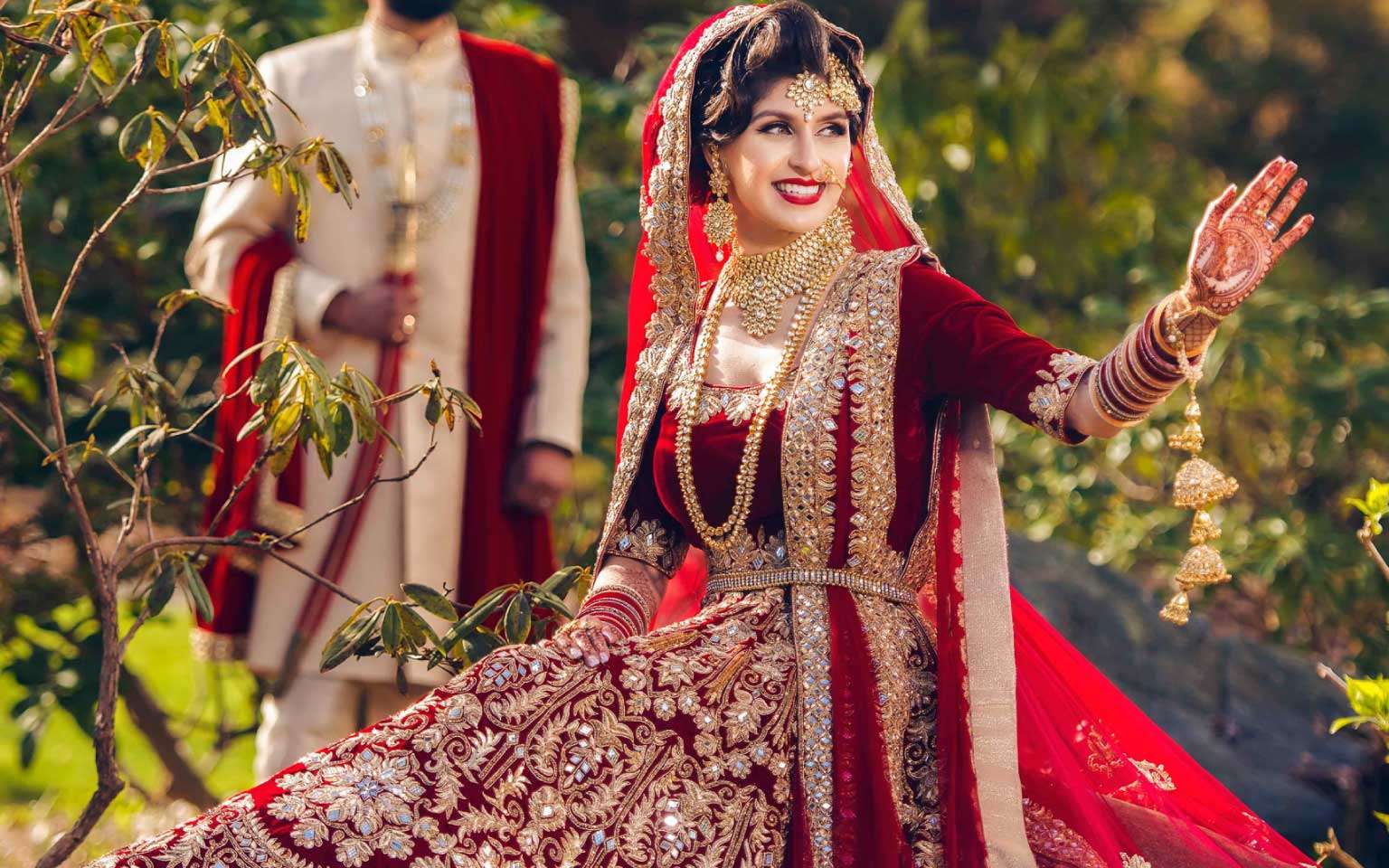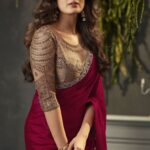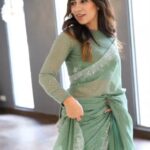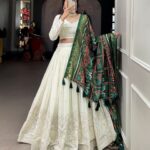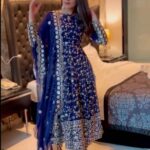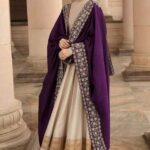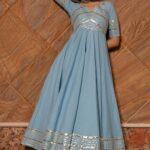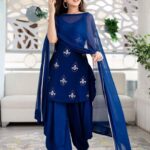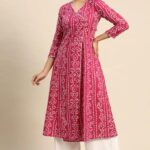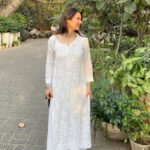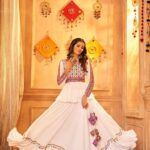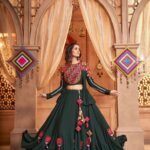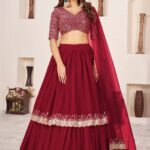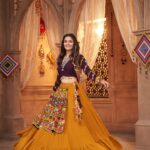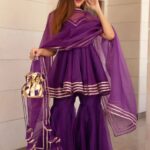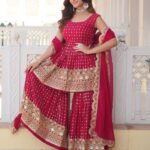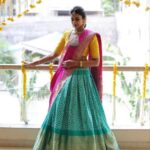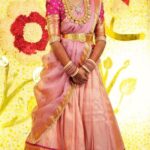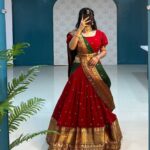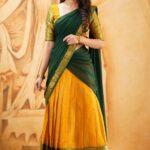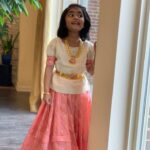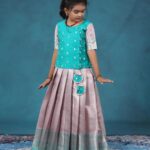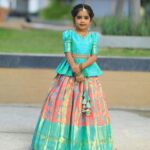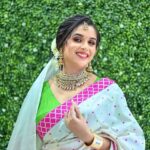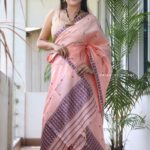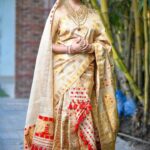The style of Indian dressing adopted by females is another colorful exhibition of Indian heritage. Some of the clothing icons are the saree which can be draped around the body is one beautiful outfit and the lehenga choli which consists of a flared skirt with a blouse and dupatta and is worn on special occasions like weddings or festivals. Salwar Kameez is a combination of a loose-fitting tunic worn with trousers that is accompanied by a Dupatta which is worn both casually or formally.
This is because the traditional outfits have very lively colors, have lots of patterns and forms, and are made from silk, cotton, and chiffon. Designs with beads, sequins, and gold-thread work increase their appeal. The practices and styles from each region would also differ from each other which would indicate Indian culture as different regions are occupied by different communities.
Different Types Of Indian Dress
Indian clothing is renowned for its diversity, reflecting the country’s rich cultural heritage and regional variations. Here are some of the most popular types of Indian dresses.
1. Saree
- Description- A long piece of cloth, usually around 5 to 9 yards, draped elegantly around the body.
- Components- Paired with a blouse and a petticoat.
- Regional Variations- Banarasi, Kanjeevaram, Chanderi, Bandhani, and more.
2. Lehenga Choli
- Description- A three-piece ensemble consisting of a flared skirt (lehenga), a fitted blouse (choli), and a dupatta (scarf).
- Usage- Popular for weddings, festivals, and formal occasions.
- Styles- Bridal lehengas, party wear lehengas, and traditional lehengas.
3. Salwar Kameez
- Description- A tunic (kameez) paired with trousers (salwar) and often a dupatta.
- Variations- Anarkali suits, Patiala suits, and straight-cut suits.
- Comfort- Known for its comfort and versatility.
4. Anarkali Suit
- Description- A type of salwar kameez with a long, frock-style top and a slim fitted bottom.
- Features- Flows out from the waist down, giving a regal look.
- Occasions- Suitable for formal events and celebrations.
5. Kurti
- Description- A shorter tunic that can be paired with leggings, jeans, or palazzo pants.
- Versatility- Suitable for casual and semi-formal occasions.
- Styles- Long kurtis, A-line kurtis, and asymmetrical kurtis.
6. Ghagra Choli
- Description- Similar to a lehenga choli but often simpler and worn in rural areas or for folk dances.
- Regional Significance- Common in Gujarat and Rajasthan.
- Description- A tunic paired with wide-legged pants and a dupatta.
- Revival- Gaining popularity in contemporary fashion for its unique style.
8. Pavadai/ Langa Voni
- Description- Traditional South Indian attire for young girls, consisting of a long skirt (pavadai) and a blouse, with a dupatta (voni).
- Cultural Significance- Worn during festivals and ceremonies.
9. Pattu Pavadai
- Description- A silk skirt and blouse set, traditionally worn by young girls in South India.
- Occasions- Ideal for festive and special occasions.
10. Mekhela Chador
- Description: Traditional Assamese dress consisting of a skirt (mekhela) and a draped cloth (chador).
- Fabric: Often made of silk or cotton, with intricate designs.

